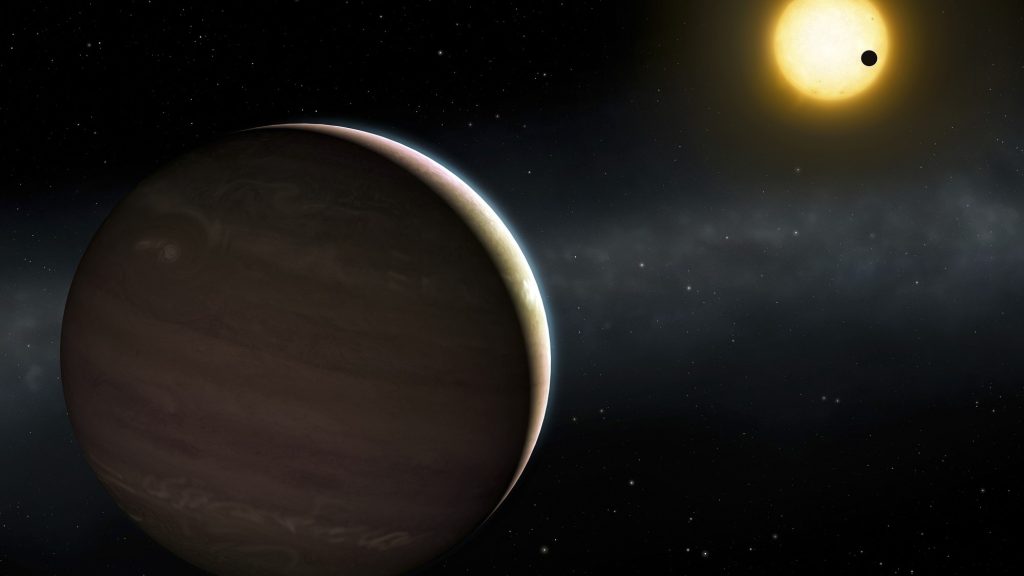Among recently discovered celestial bodies, many of their stars may be in the habitable zone.
a new one Stady Based on 85 possible planets outside the solar system, so-called exoplanets, which have extremely low temperatures, independent. The potential objects were discovered by NASA's TESS satellite, and their mass may be similar to that of Jupiter, Saturn, and Neptune.
TESS tracks the evolution of the brightness of stars, and changes may indicate the passage of planets in front of the celestial body. In general, three so-called transits must be observed in order to talk about discovery.
However, the new study includes systems in which only two events have been documented. These exoplanets may have longer orbital periods, so their temperatures may be cooler.
The affected objects can orbit their host star in 20 to 700 days, while other exoplanets observed by TESS have an orbital period of 3 to 10 days.
It is important to add that the existence of these things has not yet been confirmed. Among the celestial bodies now on display, there are 60 completely new ones, 25 of which have already been described.
Faith Hawthorne, from the University of Warwick, first ran the algorithm on a sample of 1.4 million stars. After the screening process, the circle was narrowed to 85 systems that could contain exoplanets. The objects in the data set passed their star only twice.
The team announced the discovery of the planets so that astronomers around the world can analyze them. Dr. Sam GillAn expert from the University of Warwick says that through the double pass, they can find cooler celestial bodies than those of traditional transit studies.












































